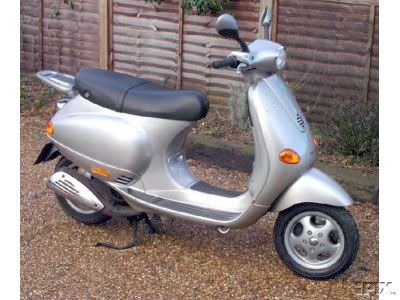Often, riding a motorcycle comes down to physics. Essentially, what we call "momentum" includes both the speed and the mass of the thing that's moving. In a collision, we measure the change in momentum to show how much force is acting on the thing that's moving -- you and your bike -- to see what kind of damage will result. The force generated in a collision equals this momentum change, divided by how long the collision takes.
What a frame slider does is stretch out the time it takes for the collision to fully happen, spreading out the force of the impact by letting the bike coast, or slide, to a more natural stop. This lowers not just the force of the impact, but, thanks to the way frame sliders work, it also lowers the amount of total force your bike absorbs in a couple of key ways.
Advertisement
First, a slider puck is designed to burn up or break off, which takes on a lot of the impact before the flat side of your bike -- the engine block, or parts of your fairing, depending on design -- even touches the ground. You'll lose the puck, of course, but they're a lot less expensive than buying or even repainting your fairings, and they're designed that way on purpose. Second, a frame slider absorbs a lot of the shock of the collision and then distributes the force more evenly throughout the frame, in the same way that slapping a window is a lot less dangerous than punching it.
Those effects help not only in situations where the bike just drops -- perhaps you forgot the kickstand, or misjudged and stepped off into a pothole -- but also when the bike itself is traveling and flips or falls over. The latter situation is where the frame slider gets its name: Those smallish nubs of nylon attached to your bike's body actually help the machine slide to a stop more slowly.
In this situation, the enemy is friction. Friction is generated when an object moving along one vector is brought into contact with something else on a different vector. In the case of a slide -- whether we're talking about a motorcycle accident or an air hockey puck -- think of it this way: The object that was just moving forward wants to continue moving forward, while gravity wants to bring it downward.
So how does a frame slider help solve this problem, while keeping your bike's engine and frame safe?
Advertisement



